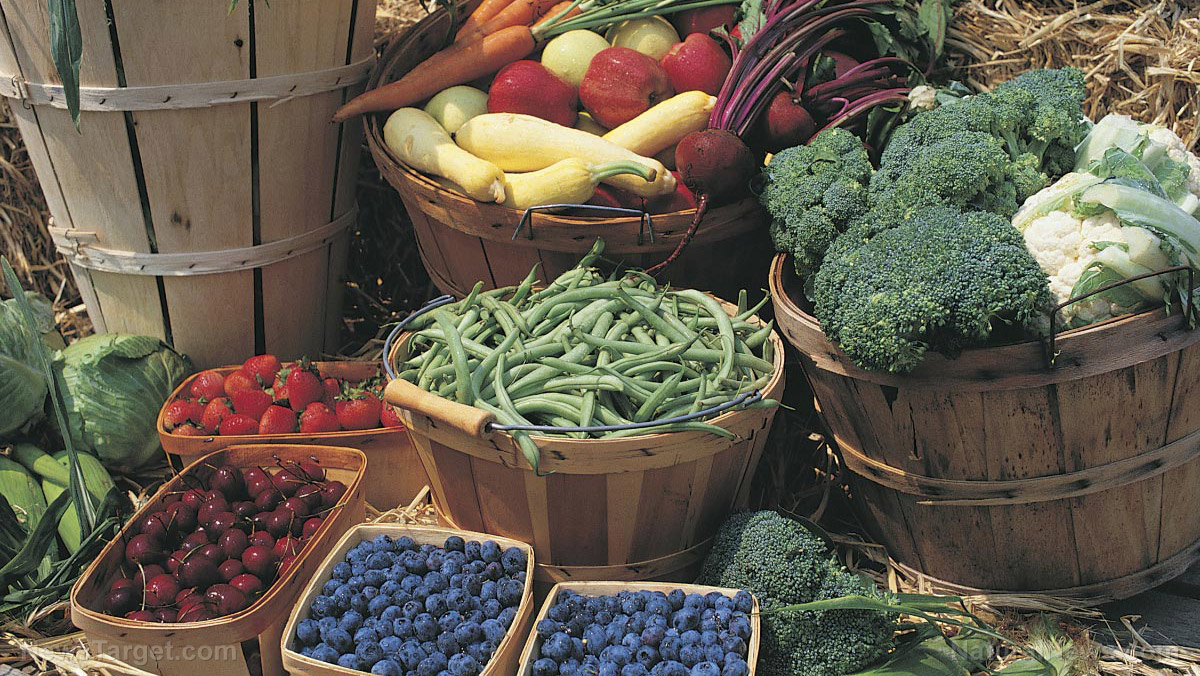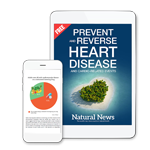Meatless doesn't mean protein-less: Here are 21 plant-based ways to add protein to your diet

(Natural News) Protein is an essential macronutrient found throughout the body. It is the building block of organs, muscles, skin, hormones, and almost everything that matters in the body. For this reason, consuming high-quality protein is important.
Many people get their protein from meat. However, diets high in red meat have been associated with a higher risk of developing certain diseases like cancer. The good news is that there are many other ways you can consume protein. Here are 21 plant foods that are high in protein:
- Amaranth
- Beans
- Buckwheat
- Edamame
- Green peas
- Hemp
- Lentils
- Nutritional yeast
- Nuts and nut butter
- Oatmeal
- Protein-rich fruits and vegetables – guava, cherimoya, mulberries, blackberries, nectarines, bananas, broccoli, spinach, asparagus, artichokes, potatoes, sweet potatoes, and Brussels sprouts
- Quinoa
- Seeds
- Seitan
- Spelt and teff
- Spirulina
- Sprouted grain bread
- Tempeh
- Textured vegetable protein (TVP)
- Tofu
- Wild rice
These plant-based sources of protein tend to be quite affordable, which can help you save money. In addition, many of them have a much longer shelf life than animal sources.
Things to remember about plant protein
Some proteins found in food are complete, which means that they contain all of the 20-plus amino acids that a human body needs. However, a complete protein is often found in animal-based sources. Because plant proteins tend to lack one or more essential amino acid, you need to eat a wide variety of plant foods every day to make sure you get all of the amino acids your body needs. (Related: Have you overlooked these quick and easy sources of protein?)
 | Discover how to prevent and reverse heart disease (and other cardio related events) with this free ebook: Written by popular Natural News writer Vicki Batt, this book includes everything you need to know about preventing heart disease, reversing hypertension, and nurturing your cardiac health without medication. Learn More. |
Certain plant-based protein sources, such as beans, legumes, nightshade vegetables, peanuts, chickpeas, and all grains, contain high amounts of lectin. Lectins are a type of carbohydrate-binding protein that sticks to cell membranes in the digestive tract. They are considered anti-nutrients and some types, such as ricin, are even toxic. The good news is that you can destroy most lectin in these foods by cooking them. Fermenting, soaking, and sprouting high-lectin foods can also significantly reduce the lectin content, which makes them safe to eat for most people.
You should also be wary of the arsenic content of some plant-based protein sources, such as wild rice. Arsenic is a toxic trace element that has been associated with many health problems. Fortunately, there are many ways to reduce arsenic in rice.
To some extent, arsenic can be washed off, as it is water-soluble. Studies show that cooking rice in excess water and draining the excess water can reduce 40 to 60 percent of the arsenic content, depending on the type of rice. Another way to reduce arsenic in rice is to rinse the grains thoroughly before cooking it. You can also soak it for 48 hours before cooking to reduce arsenic. Pour off the water and wash the rice every eight to 12 hours.
How much protein do you need?
Daily protein needs vary among individuals. The National Academy of Medicine suggests that adults should get at least 0.8 g of protein for every kilogram of body weight per day. That is equivalent to over 7 g for every 20 pounds of body weight.
Following a diet high in protein can improve your health in many ways. It can help you lose weight and belly fat, while increasing your muscle mass and strength. It can also help you lower your blood pressure and prevent diabetes.
Sources include:



